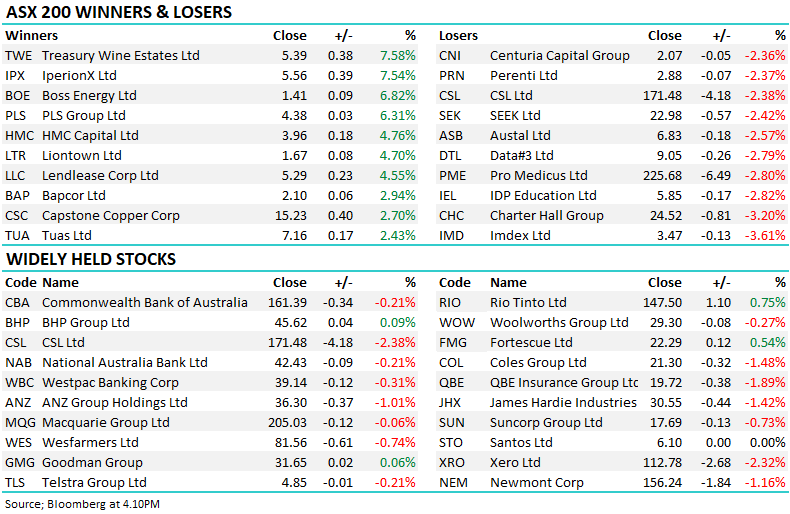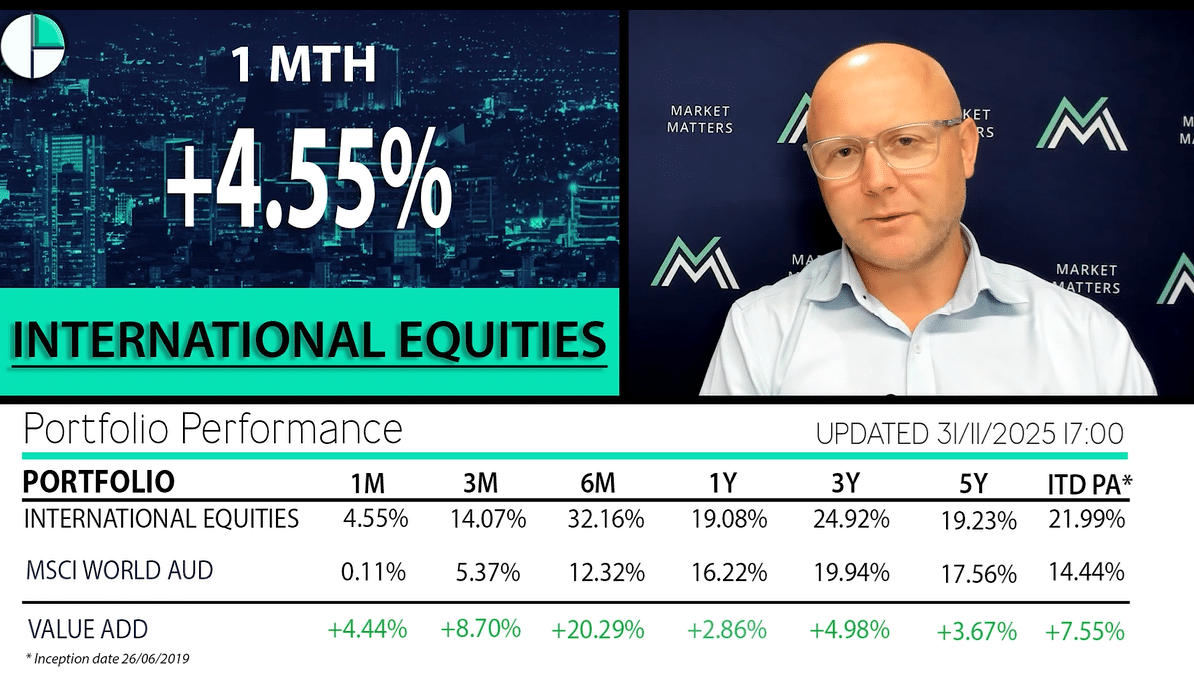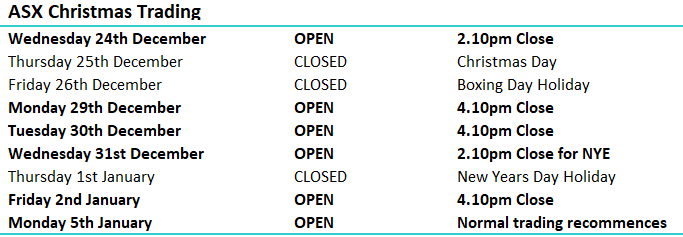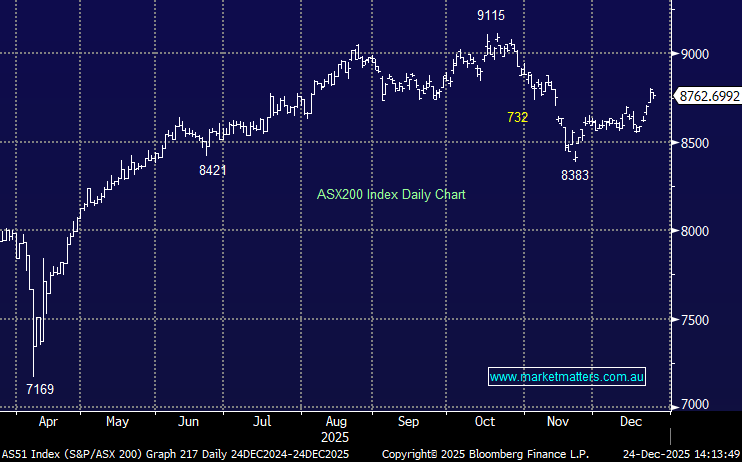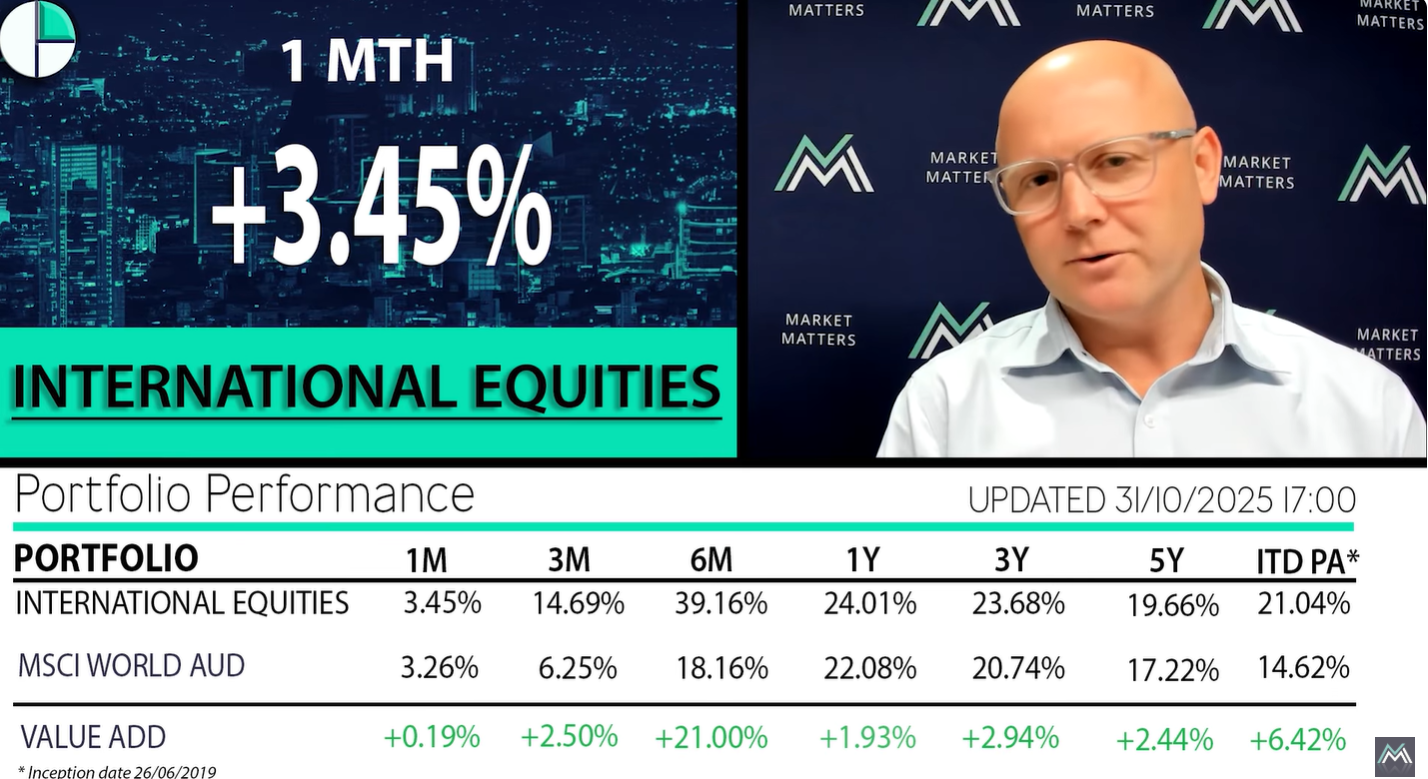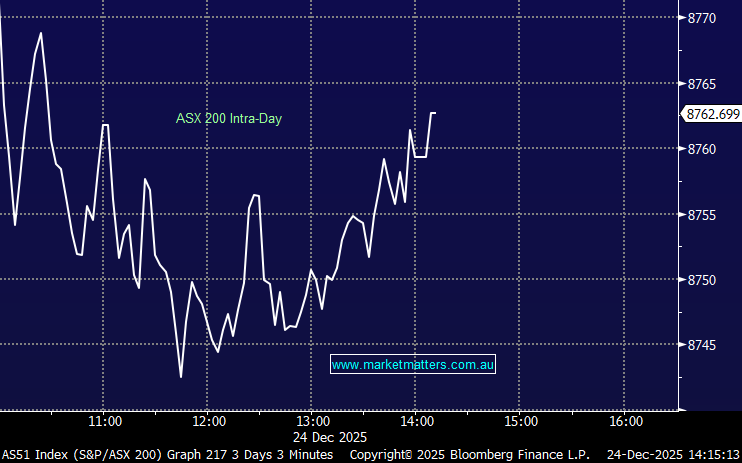How do Banks determine their Margin Lending LRV?
Hi team, When considering buying a stock I will often look at the Banks (for example Commsec’s) Margin Lending LRV. I understand the higher the LRV the lower the risk, according to their analysis. I am interested in what factors they take into account when determining the LRV. As an example, when I look at a company like Regal Partners to consider adding to my portfolio, and I see Commsec has a zero LRV, should I be concerned that they view the company as high risk? Kind regards, Chris


